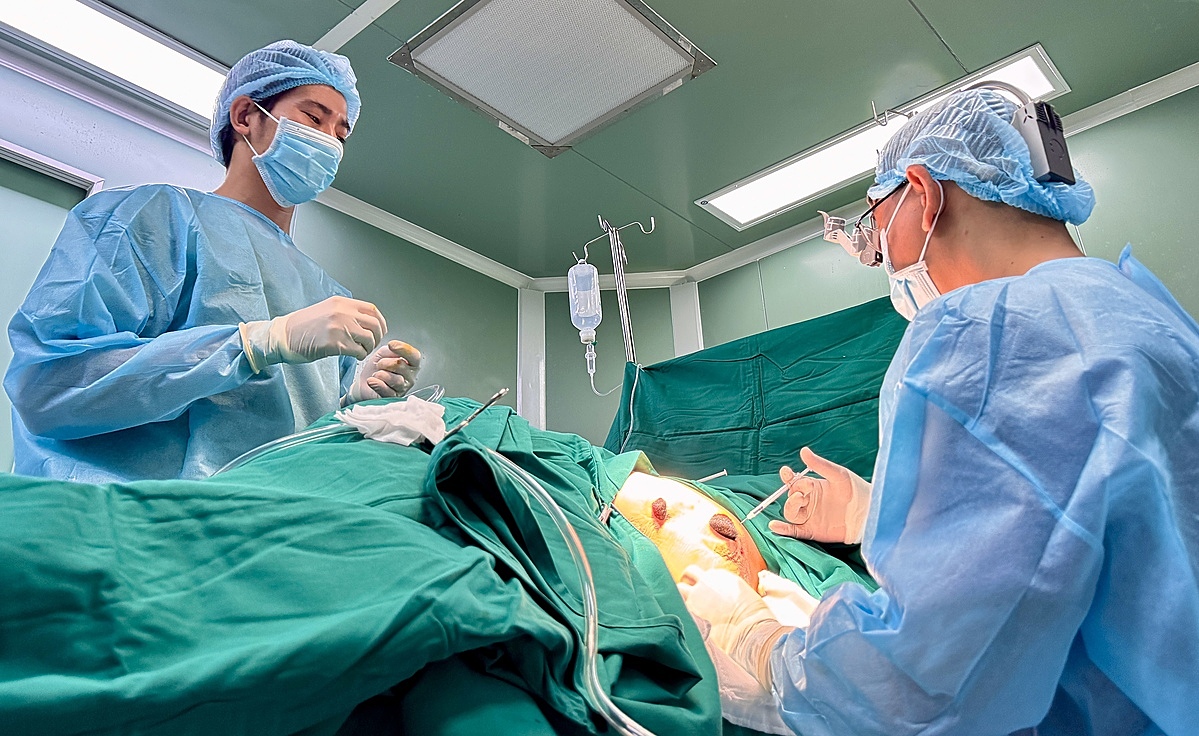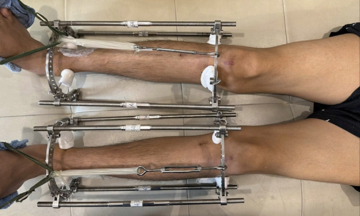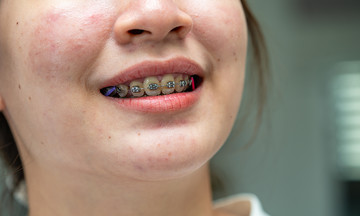On 9/9, Dr. Nguyen Phan Tu Dung, Medical Director of JW Hospital, reported that an ultrasound and examination revealed extensive bruising and discoloration, with some areas showing signs of reduced blood flow and potential necrosis. An MRI scan revealed a massive abscess, 20 cm long and 15 cm thick, penetrating deep into the muscle tissue and forming honeycomb-like pockets – a rare and life-threatening complication requiring immediate surgery.
Upon incision, the surgical team was shocked by the continuous eruption of pus from the patient's buttock. A high-intensity suction machine was used to drain nearly 2,500 ml of unidentified pus mixed with necrotic tissue. All of the old filler was removed, and the abscess cavity was continuously irrigated.
The patient is currently receiving high-dose antibiotics and negative pressure wound therapy (VAC) for drainage, expected to last at least 7 days. Doctors are closely monitoring for potential infection and the spread of necrosis.
 |
Doctors operate on the 33-year-old woman. Photo: Hospital provided |
Doctors operate on the 33-year-old woman. Photo: Hospital provided
Dr. Tu Dung advised against using filler for buttock augmentation or enhancement due to the presence of major blood vessels in the area. Improper injection techniques can damage both blood vessels and nerves. Injecting large amounts of filler can compress surrounding tissue, nerves, and even lead to tissue necrosis. Currently, fat grafting and buttock implants are the two recommended methods for buttock augmentation.
Around the same time, the hospital admitted an Ede woman suffering from severe buttock pain and stiffness, making it impossible to sit or walk, over a year after receiving injections of a "multi-layered substance" for cosmetic purposes. Prior to hospitalization, she had undergone silicon removal and implant placement, but without success. During a 3-hour surgery, doctors drained dozens of discolored filler particles, thick like "tapioca pearls," mixed with blood and pus – the cause of her recurring pain and inflammation.
According to the doctor, filler should only be used in small quantities in areas like the face and cheeks. Patients should choose fillers from reputable sources and have procedures performed by qualified doctors in specialized hospitals. Injections at unlicensed spas or cosmetic facilities should be avoided, as the materials cannot be verified. Unregulated fillers can cause abscesses, infections, necrosis, and severe complications. Cosmetic procedures should be consulted on and performed in reputable hospitals to avoid dangerous complications, even death.
Le Phuong












